Fire Fighting
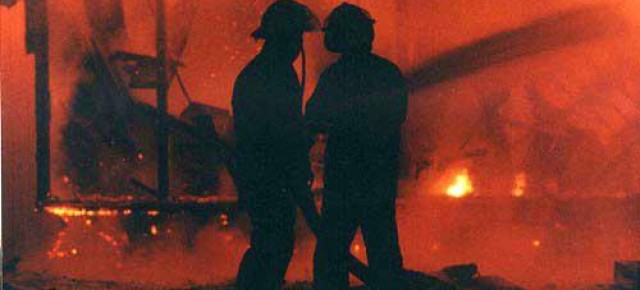
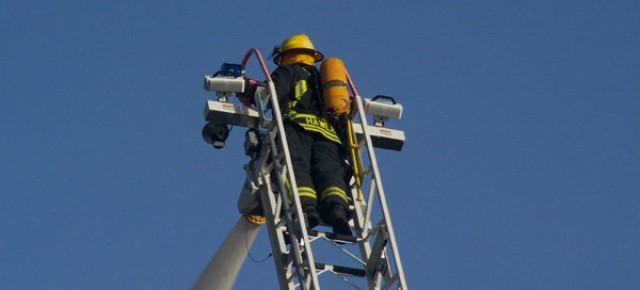
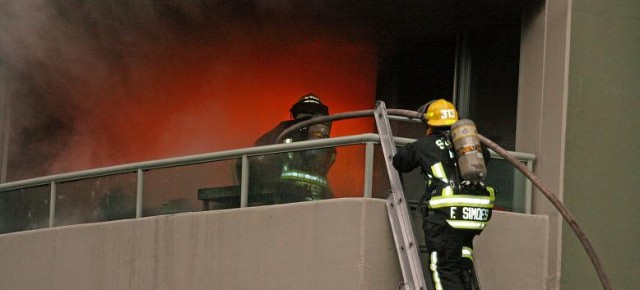
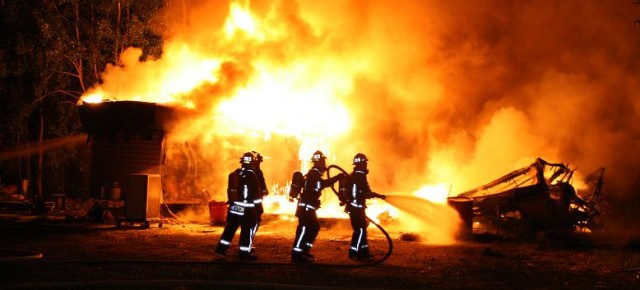

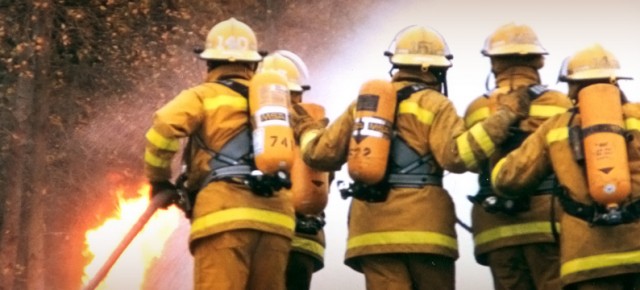
Surrey’s Professional fire fighters handle all types of structure fires, including house, industrial, garage, school, apartment, drug lab and high-rise. We also fight vehicle fires, from cars and motorcycles, to trucks and tractor-trailer rigs. Other types of fires include rail, marine, grass or brush and garbage container fires. The number of fire fighters responding to fires varies and depends on the number of units dispatched based on potential severity of the fire. It is recommended and recognized by the NFPA and Worksafe BC that each initial response vehicle be staffed with a minimum of four fire fighters. This is to allow two fire fighters to immediately start an interior rescue procedure knowing there are two fire fighters outside as backup for their personal safety. This is known as “The two in two out rule”. Fire fighters perform many tasks when fighting a structure fire. These include attacking, containing, controlling and extinguishing the fire. Fire fighters wear special protective turnout gear and self-contained breathing apparatus and carry a charged hose line to enter hostile fire environments. This turnout gear weighs approximately 75 pounds dry; a typical fire hose charged with water weighs another 75 pounds.
Fire fighters enter the burning structure for a systematic search and rescue of potential casualties, to locate and remove them to a safe area. Once a fire is controlled, fans are set up for ventilation. The fans push clean air in, which expels the hot smoke and fire gases. Tarps are often used to protect people’s furniture and personal belongings from water damage. fire fighters give the scene a complete overhaul. Checking for hidden fire and removing large pieces of debris as part of the salvage operation. Fire investigators then try to determine the cause of the fire, which helps prevent future fires and exposes fraud.
Saving lives is a fire fighter’s primary concern. In turn they put their lives at risk every time they fight a fire. Extreme stresses are put on firefighter’s bodies while they fight a fire. Wearing turnout gear and carrying equipment taxes a firefighter during the long periods of exertion. A firefighter’s pulse rate can double during fire ground operations. At larger fires, fire fighters must take breaks. They are checked for blood pressure, pulse and temperature before they receive the OK to return to fighting the fire. They must also replenish fluids and take nourishment, as heat exhaustion is a common cause of firefighter injury.
Fire Officer’s Responsibilities
Fire Officers are responsible for accessing an incident, planning ways to attack a fire, or lessening the severity of an incident. They look out for the safety of the fire fighters who work under them. They request and allocate additional resources to help bring an end to the incident. Once an incident is dealt with, the officer (usually a Captain) is responsible for filing a complete report.
Safe Staffing Levels
Staffing levels should be set to provide the public with an effective fire fighting crew, at the same time ensuring that fire fighters personal safety is not unduly risked. Worksafe BC and National Fire Protection Agency both acknowledge and recommend that each fire truck have an officer in charge and a minimum of three fire fighters. In high hazard or densely populated urban areas additional fire fighters are appropriate.
Public Service Calls
Fire fighters often perform public service calls. Calls include responding to fire alarms in schools, apartment buildings, business’s or private residences. Attending burning complaints or general assist calls to elderly citizens who have fallen and are unable to get up. These calls are part of the day-to-day work of a firefighter.
Training
The Fire Department has three full time Training officers and approximately twenty relief training officers. The Training branch organizes all skills maintenance training for existing staff and some new learner training for recruit and junior fire fighters.
- RT @CityofSurrey: Did you know working smoke alarms provide early warning for fire risks and increase the chances of surviving a fire in yo… 8 days ago
- RT @SurreyNowLeader: Remember the old A&B Sound store in Whalley, or Hockey Shop that followed? This is the site of Surrey's new Foundry… 9 days ago
- RT @CTVVancouver: Good Samaritan braves fiery car crash that left 2 with life-threatening-injuries in Surrey, B.C. https://t.co/fPlZwSzuBw 17 days ago

Follow Local 1271